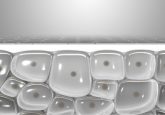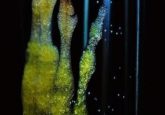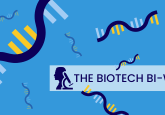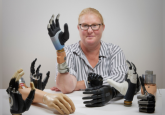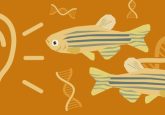Building the body with optogenetics
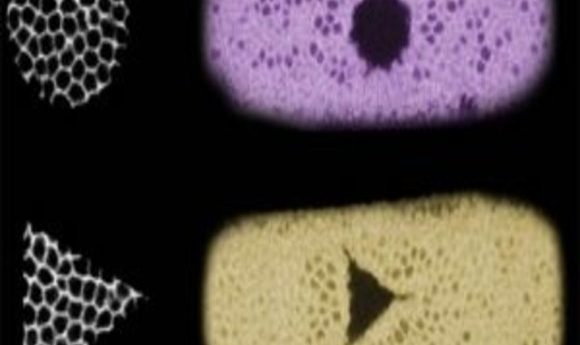
Biological tissue has been constructed into custom shapes using light.
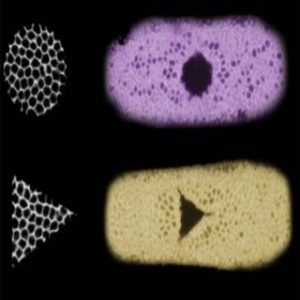
Two examples of the tissue shapes the team created. Credit: Stefano De Renzis/EMBL
Scientists at the European Molecular Biology Laboratory (Heidelberg, Germany) have managed to use optogenetic techniques, which manipulate proteins in tissue using light, to fold and shape biological tissue. The results, published in Nature Communications, have implications for morphogenesis and regenerative medicine.
For this study, the researchers used their optogentic technique to try and recreate epithelial folding. This is a fundamental process that occurs during the development of an embryo to generate internal tissues, such as muscles. The team reproduced epithelial folding in cells that do not normally undergo this process by identifying and uncoupling the link between the structure and function of the cells, as lead author, Stefano De Renzis, explained:
“We’ve uncoupled the link between the shape and function of a cell. This allows us to, for the first time, build tissues in certain shapes without affecting the cell’s expertise.”
Co-author, Emiliano Izquierdo, believes that these optogenetic techniques give them great precision with cell manipulation.
“The great thing about using optogenetics to guide morphogenesis is that it is a very precise technique. We were able to define various shapes, and by alternating the timing and strength of illumination, we could control how far the cells folded inwards,” commented Izquierdo.
Although the experiment was performed in fruit flies, epithelial folding is an evolutionarily conserved process. Therefore, the results could have big implications for rebuilding tissues in humans, advancing the burgeoning field of regenerative medicine.
